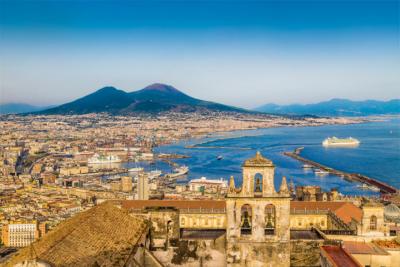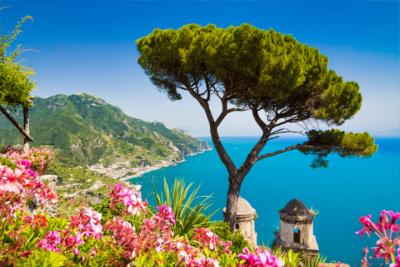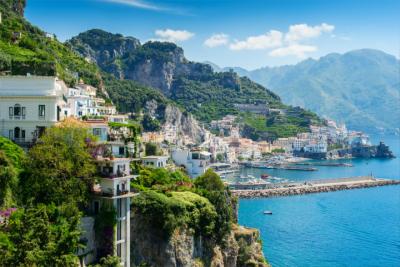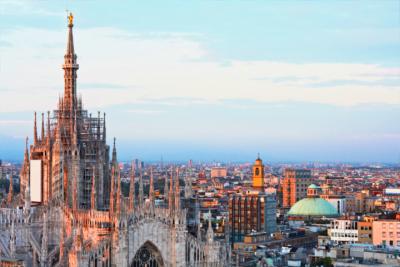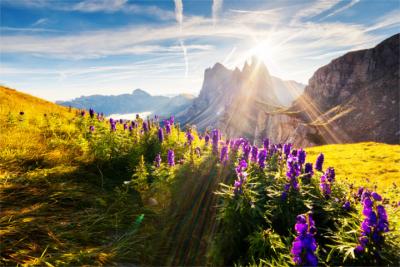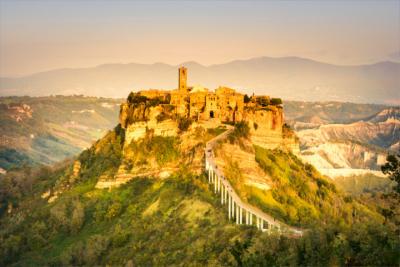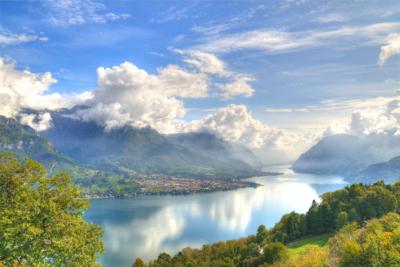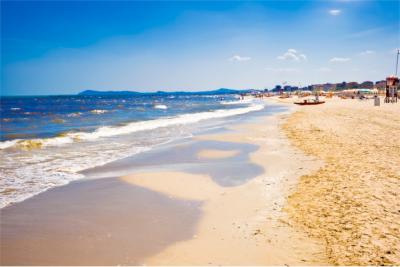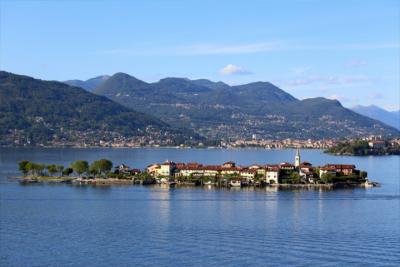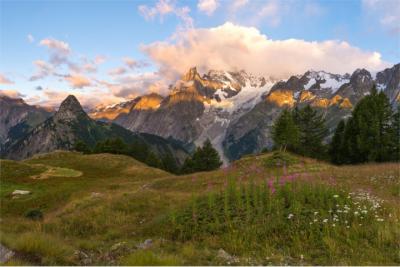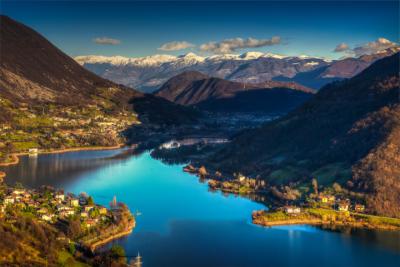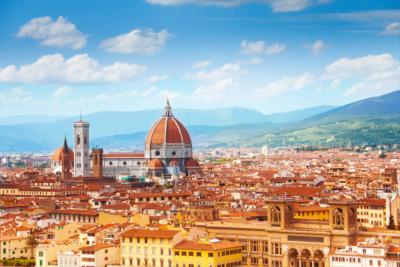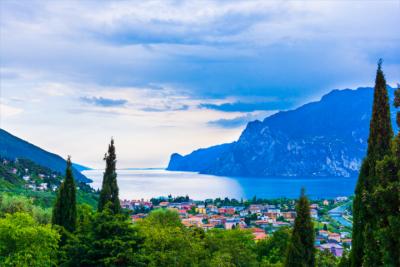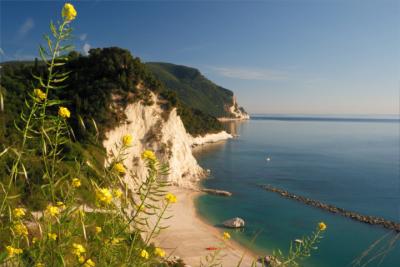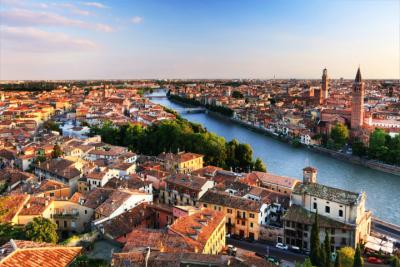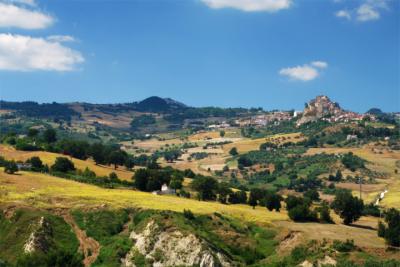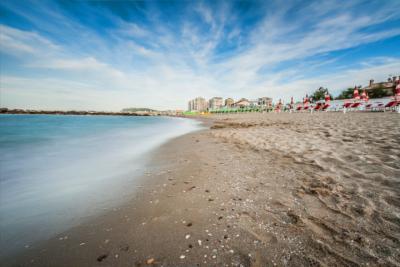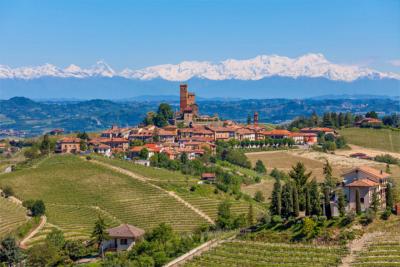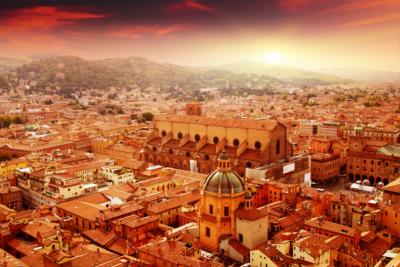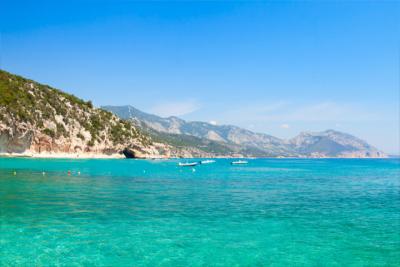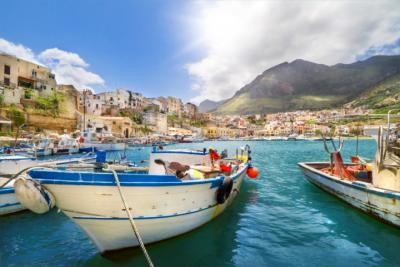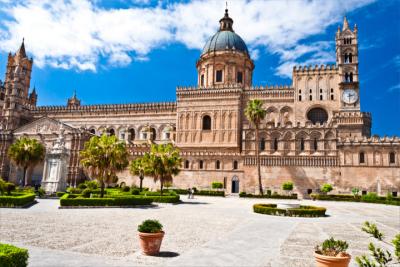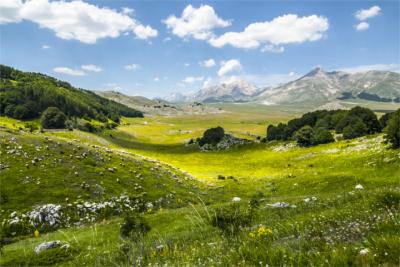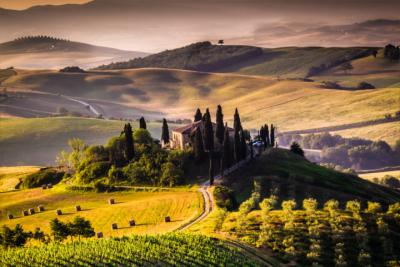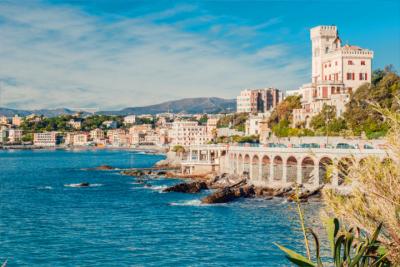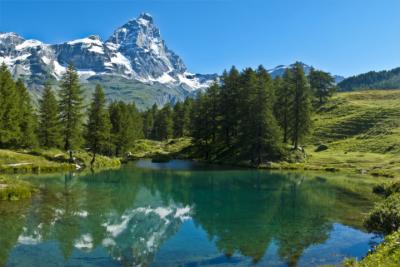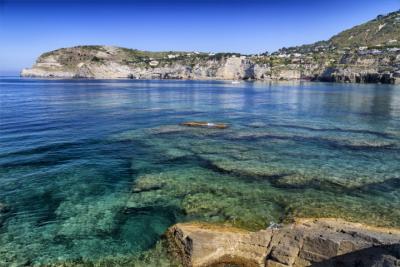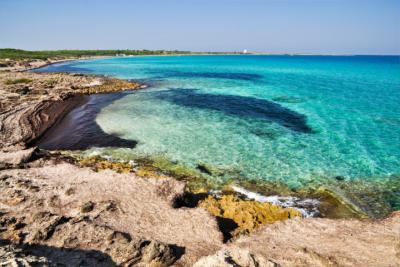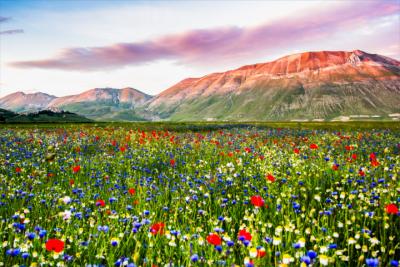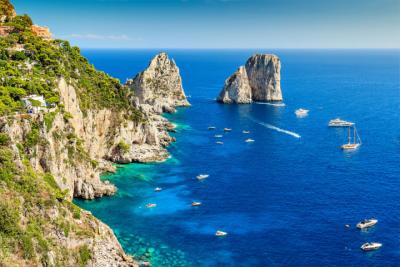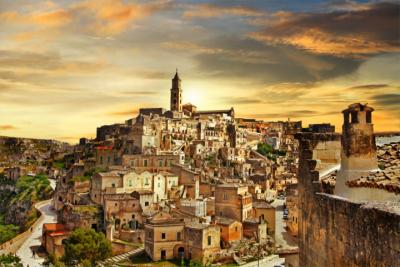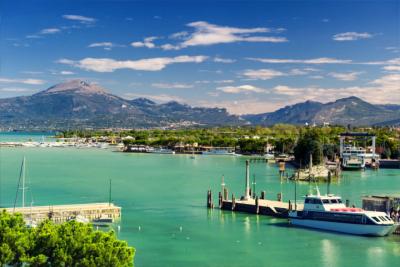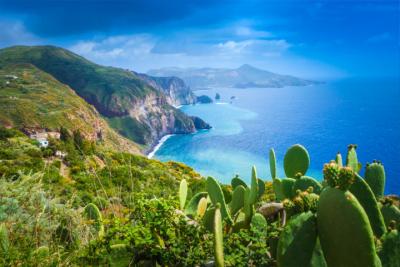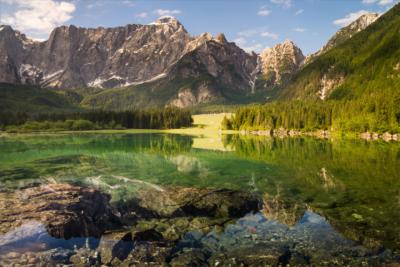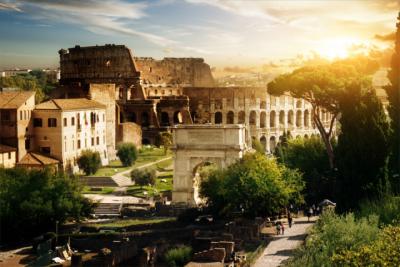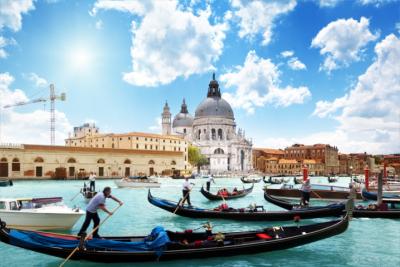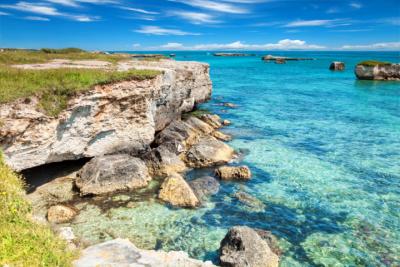Travel Offers
Travelmyne Featureprint
Distance
Rome – The Eternal City
Rome is a city which impresses countless visitors with ancient cultural sites like the Forum Romanum or the Colosseum. The Urbs Aeterna shines with magnificent glamour like in Augustus' times and is a real cultural wonder and a wish come true for many travellers.

Geography - Italy's capital and its biggest city
Rome lies in the centre of Italy in the region of Lazio, not far from the Tyrrhenian Sea, and has been the country's capital since 1871. With an area of 1,285.31 km² and a population of almost 3 million people, the history-charged metropolis is also the country's biggest city. It is crossed by Italy's third longest river, the Tiber (Italian: Tevere). A landmark and world-famous attraction of Rome is Vatican City, which is an enclave in the middle of the capital. The climate is typically Mediterranean with dry heat in summer and mild, humid air in winter.

Nature - In the countryside in the city
Besides cultural and art treasures, Rome accommodates parks which serve as retreats from the vibrant city life for both the locals and the tourists. The greatest and most beautiful park complexes are the Villa Borghese, Villa Ada and Villa Doria Pamphili as well as the Park of the Caffarella. Visiting the latter (Parco Regionale dell'Appia Antica), you feel like you are in the countryside even though you are not for away from the city centre. Via Appia Antica, a historical road of ancient Rome, leads through the hilly valleys and meadows. The park of the Villa Doria Pamphili is the biggest one in the city with an area of 9 km² and was arranged for the Pamphili family in the 17th century. Their former villa is located in the centre of the vast park. The park of the Villa Borghese is not the largest but one of the most beautiful parks in the Italian capital and lies right in the centre. Apart from its idyllic nature, the park's area fascinates with beautiful fountains, wonderful temples and the Galleria Borghese, which accommodates significant sculptures and paintings.

Culture - Romulus and Remus
According to legend, Romulus slew his brother Remus (sons of Mars and Rhea Silver) in the year of Rome's foundation (753 BC) because Remus had crossed the city boundary which Romulus had drawn. "So perish every one that shall hereafter leap over my wall." Legend has it that the twin brothers were abandoned at the Tiber, which carried them to the seven hills of Rome (Palatine, Aventine, Capitoline, Quirinal, Viminal, Esquiline, Caelian). There they were breastfed by a she-wolf before a shepherd found and raised them. Since this mysterious story, the Urbs Aeterna ("Eternal City"), which was not build in a day as is known, has been the centre of the gigantic Roman Empire (from the 8th century BC to the 7th century AD). Numerous buildings still bear testimony to this era. The Forum Romanum, the world-famous Colosseum, the Circus Maximus, the Pantheon, the Baths of Caracalla, the Castel Sant'Angelo and the Aurelian Walls are only a few of the many cultural treasures of ancient Rome. Its old town with St. Peter's Basilica and Vatican City was rightly declared a World Cultural Heritage site of the UNESCO in 1980. Other sights and highly-frequented destinations are the Trevi Fountain (a kind of wishing well from the 18th century) and the Piazza di Spagna with the well-known Spanish Steps.

Experience - Lively evening entertainment and delicious ice cream
Rome's nightlife - like that of other Italian cities - is very lively. While the many discos and clubs in the city centre invite visitors to go out and celebrate, street artists and theatres offer varied cultural and musical entertainment. The district of Trastevere (a former working-class neighbourhood) has a high density of bars, cafes and restaurants and is particularly popular with both tourists and locals. Besides specialities such as the pajata (stuffed intestines of a calf in tomato sauce), abbacchio alla scottadito (lamb cutlets) and Carciofi alla romana ("roman-style artichokes"), it is the Italian ice cream which delights many travellers of the capital. The oldest ice cream shop in Rome is the Gelateria Giolitti near the Pantheon. The Giolotti family has been making numerous versions of their delicious ice cream following a secret recipe for generations.

Activities - Following the traces of ancient times
On a sightseeing tour through the Eternal City by bus or on foot, visitors can follow the traces of the Roman Empire and world-famous emperors like Julius Caesar, Augustus, Nero and Hadrian. The city's many parks offer relaxation and recreation after an exciting day in the city. Holidaymakers can discover the calm and idyllic side of the metropolis on a walk in the park of the Villa Doria Pamphili, for example. Rome's parks also offer great conditions for different types of leisure sports like jogging, playing football or cycling. Hikers will enjoy a tour along the historical Via Appia Antica, which combines being active with learning about the city's history and culture. You should not forget to toss a coin over your shoulder into the Trevi Fountain (Italian: Fontana di Trevi). According to legend, this does not only bring good luck but also a return to Rome.

Information
The best time for travelling Rome is spring or autumn because it is already or still warm at that time but not as hot and stuffy as in the summer months. It is also not very rainy in those seasons. A good idea for a city trip to Rome is the purchase of a Roma Pass. It makes it possible for holidaymakers to get free admission to the first two museums or sights they visit and get a discount on all other ones. The use of all types of public transport is also included in the pass.
All roads lead to Rome ... Great numbers of tourists make their way to Italy's capital every year. Travellers who are interested in culture and history should not miss out on a trip to the Eternal City because it represents a significant part of European cultural history.

